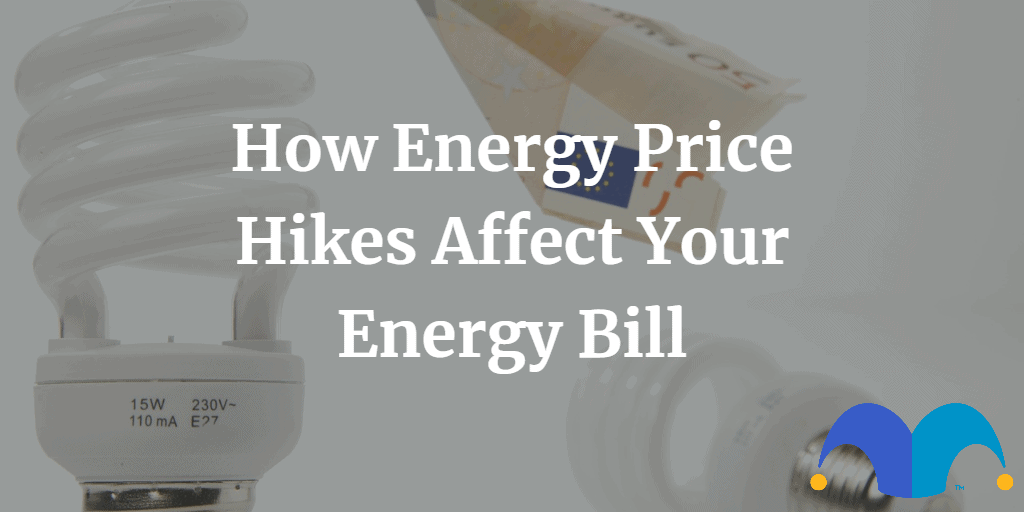Energy price hikes introduced in April 2021 could have a significant impact on your energy bill. A change to the energy price cap has meant that millions of households face an increase of nearly £100 per year on what they pay for their energy.
So let’s take a look at what this energy price hike is – and how you can go about finding a cheaper energy tariff.
What are energy price hikes?
Domestic energy prices are largely dictated by the wholesale price of energy. However, Ofgem does have a price cap in place. It is there to protect consumers who have not switched energy supplier by ensuring they pay a fair price for their electricity and gas.
The cap is adjusted once or twice a year to reflect the cost of supplying electricity and gas.
What we have seen this year is an energy price hike. The cap has risen by £96 to £1,138 for 11 million default tariff customers. While those on prepayment meters have seen the cap rise by £87 to £1,156. This means that most households will see an increase in their energy bills.
It’s important to note that the cap isn’t the maximum you could pay. It just sets a limit on the rates you pay for each unit. So if you use more electricity and gas units, you will pay more.
How can I find a cheaper tariff?
Knowing when there are energy price hikes is important. It means that you can shop around for a cheaper deal if you find your tariff has been increased.
The price cap only applies to ‘default or standard variable rate tariffs’. Much like with a mortgage, if you come off a fixed plan, your rate will revert back to a standard variable rate. So if you haven’t switched energy supplier in the past year, this is likely to be the tariff you are on.
The first thing to do is check whether you are on the standard variable tariff or not. If you are, then it could be time to look for a cheaper fixed plan.
Even if your supplier hasn’t increased their energy prices, it’s usually a good idea to do an energy comparison to see how much you could save.
Treat it the same as you would renewing your car insurance. You can often find a cheaper deal than the renewal price you get with your existing insurer. And with energy suppliers, this is even more true, as remaining on the standard variable tariff leaves you vulnerable to energy price hikes.
How do I switch energy supplier?
If you do want to make a switch to avoid higher energy prices, then it is relatively simple.
You will need your postcode, a recent energy bill and your bank information to hand. If you can’t find the bill, then most suppliers can estimate your energy usage based on the size of your home.
You can run a quote on any number of comparison sites. All you need to do then is select the tariff you want. Your new supplier will ask for direct debit details and your meter readings.
Remember to also check your old account balance. If you are in credit when you switch, you should receive a refund.
After that, you can sit back and relax. You shouldn’t notice anything other than cheaper bills. The whole process can take up to 21 days. This includes a ‘cooling off’ period where you can cancel the switch free of charge.
